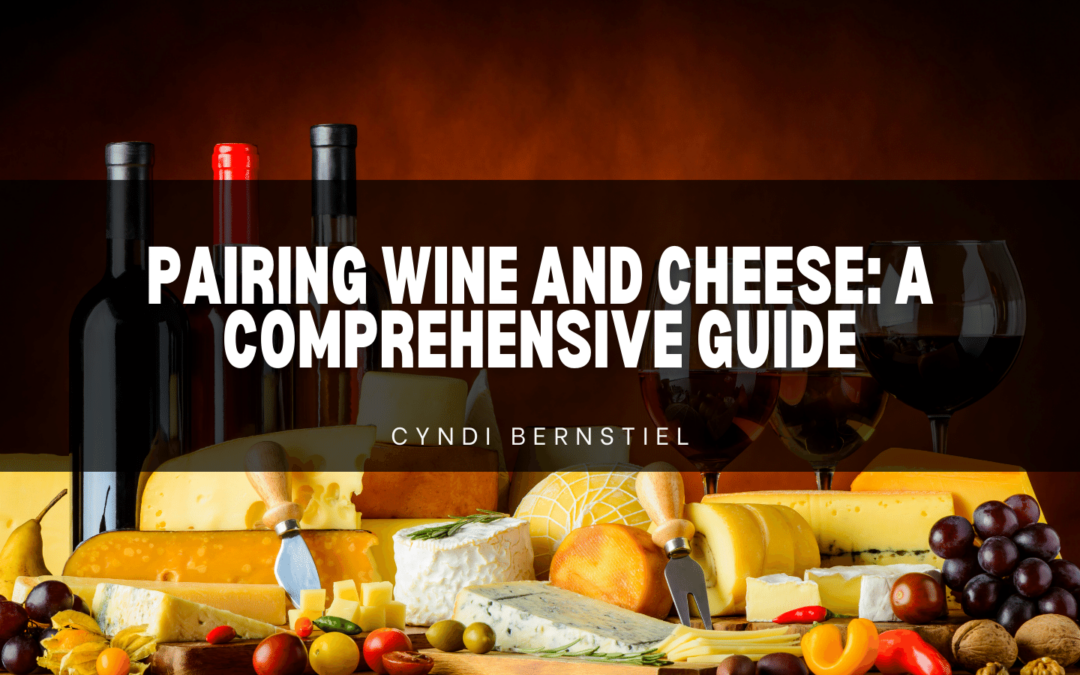Pairing wine and cheese can elevate culinary pleasure to new heights. This guide explores the art of pairing wine and cheese, offering tips to create harmonious combinations that will delight any palate. Whether you’re planning a sophisticated soiree or a casual gathering, understanding how to pair these two can make all the difference.
Understanding the Basics of Pairing
The foundation of a good wine and cheese pairing lies in balance. The aim is to enhance or contrast the taste of different flavors without one taste dominating the other. Consider the intensity, texture, and flavor profiles of both the wine and cheese when making your selections. A good pairing will enhance the characteristics of both, creating a more enjoyable tasting experience.
Complementing vs. Contrasting
Complementing pairings focus on matching similar flavors and textures, such as a creamy brie with a buttery Chardonnay. Contrasting pairings, on the other hand, aim to balance opposite characteristics, like pairing a sharp blue cheese with a sweet dessert wine. Both approaches can yield delightful results, depending on your preferences and the specific qualities of the wine and cheese.
Tips for Successful Pairings
Start with the Cheese
Cheese often has a more pronounced flavor than wine, so it can be easier to start with your cheese selection and then find a wine that matches its intensity and flavor profile. This approach ensures that the wine complements the cheese without overwhelming it.
Consider the Wine’s Acidity and Tannins
Acidity in wine can cut through the fat in cheese, making for a refreshing pairing. White wines and lighter reds with higher acidity levels, such as Sauvignon Blanc or Pinot Noir, can be great matches for richer, creamier cheeses. Tannic wines, such as Cabernet Sauvignon, pair well with aged cheeses that have a higher fat content. The tannins present in the wine help to cleanse the palate.
Regional Pairings
When in doubt, consider pairing wines and cheeses that come from the same region. These are often naturally complementary due to the shared terroir and traditional production methods. For example, a sharp Italian Parmigiano-Reggiano pairs beautifully with a bold Chianti.
Classic Wine and Cheese Pairings
- Chardonnay and Brie: The creamy texture of brie is perfectly complemented by the buttery notes of a good Chardonnay.
- Sauvignon Blanc and Goat Cheese: The crisp acidity of Sauvignon Blanc cuts through the tanginess of goat cheese, creating a harmonious balance.
- Port and Blue Cheese: The sweetness of Port contrasts with the sharpness of blue cheese, making for a decadent pairing.
- Cabernet Sauvignon and Aged Cheddar: The robust flavors of Cabernet Sauvignon are a great match for the strong, mature taste of aged cheddar.
Pairing wine and cheese is an art that rewards experimentation. By understanding the basics and exploring different combinations, you can discover pairings that not only highlight the qualities of each component but also enhance your overall tasting experience. Remember, the best pairings are the ones that please your palate, so don’t be afraid to trust your instincts and explore.
